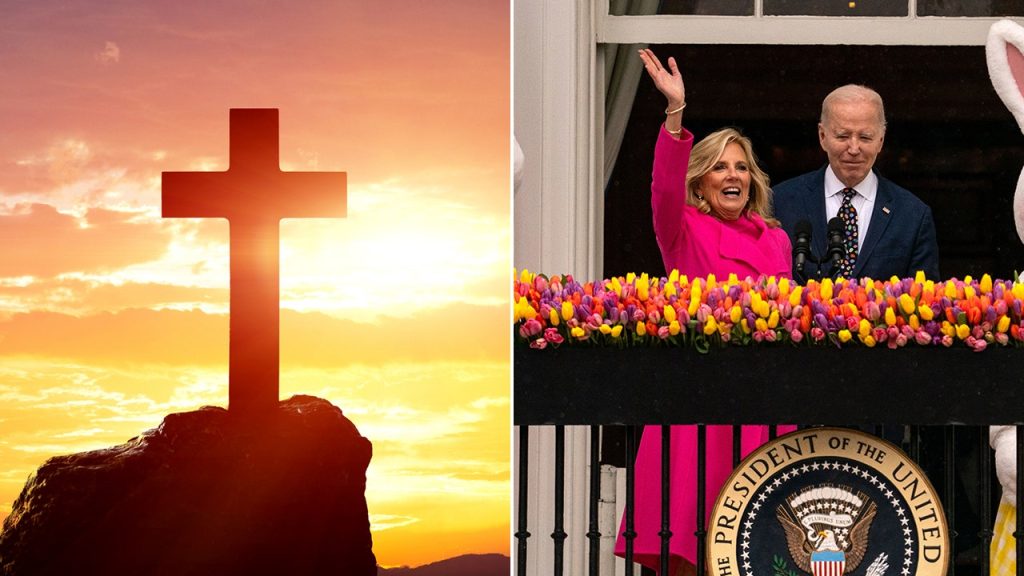More than 2,000 years ago, Jesus asked His disciples, “But who do you say that I am?” It is a question that the Apostle Peter famously answered, acknowledging Jesus as the Messiah, the Son of the living God. This response was considered to be divine revelation, reflecting Peter’s understanding of who Jesus truly was beyond a mere mortal man. Easter is about celebrating God’s love and should not be trivialized or stripped of its significance. The human race, like Peter, grapples with conflicting forces within them that shape their beliefs and actions.
God created humanity in His image, with the intention of reflecting His glory and living joyfully in worship of the Creator. Easter is a time to commemorate Jesus’ resurrection, which represents God’s triumph over death and is available to all who place their faith in Him. However, the fall from grace has instilled a sense of distrust within humans towards God, leading them to worship themselves instead. Despite the distractions and chaos of everyday life, Jesus continues to ask individuals the fundamental question, “But who do you say that I am?”
While Easter primarily focuses on the resurrection of Jesus and the triumph of God’s power, there is a continual battle between secular and sacred beliefs. The secularization of Easter is evident in various aspects of society, such as the White House’s Easter Egg Roll guidelines prohibiting overtly religious symbols. This raises questions about the true meaning of Easter and whether the religious significance of the holiday is being diminished by commercial and secular elements. The clash between secular and sacred values underscores the ongoing cultural war that challenges individuals’ faith.
The film “Cabrini” depicts the story of Mother Cabrini, a Catholic nun known for her dedication to serving the marginalized and establishing charitable institutions. However, the movie fails to highlight Mother Cabrini’s strong faith and the importance of her ministry being rooted in devotion to Jesus. By sidelining her religious motivations, the film underscores a broader trend of diminishing the role of faith in narratives that involve religious figures. The portrayal of Mother Cabrini’s character without mention of Jesus reflects a larger societal trend of secularizing religious stories.
In response to the secularization of Easter and the diminishing religious symbolism in cultural narratives, some individuals are taking a stand to reaffirm the faith-based essence of the holiday. Author Anthony DeStefano’s book, “The Story of the First Easter Bunny,” aims to convey the message of Jesus’ resurrection through a secular symbol, the Easter bunny. DeStefano urges caution when addressing secular symbols in the context of faith, emphasizing the importance of protecting religious beliefs amidst a culture war that challenges traditional values. The battle between secular and sacred elements underscores the need to preserve the spiritual significance of Easter amidst commercialization and secularization.
As the question “But who do you say that I am?” continues to resonate, individuals are reminded of the fundamental importance of acknowledging Jesus as the Son of God and embracing the core beliefs of their faith. The ongoing culture war and secularization of religious holidays like Easter prompt reflection on the values and beliefs that shape personal and societal narratives. By reaffirming the importance of faith and the religious roots of Easter, individuals can strive to honor the true significance of the holiday and uphold the spiritual legacy it represents.


